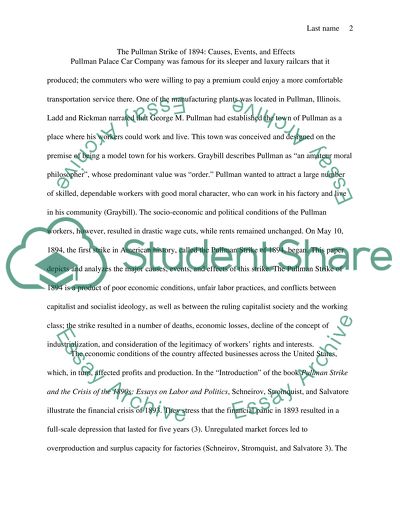Cite this document
(“The Pullman Strike of 1894: causes, events and effects Essay”, n.d.)
Retrieved from https://studentshare.org/history/1452266-the-pullman-strike-of-1894-causes-events-and-effects
Retrieved from https://studentshare.org/history/1452266-the-pullman-strike-of-1894-causes-events-and-effects
(The Pullman Strike of 1894: Causes, Events and Effects Essay)
https://studentshare.org/history/1452266-the-pullman-strike-of-1894-causes-events-and-effects.
https://studentshare.org/history/1452266-the-pullman-strike-of-1894-causes-events-and-effects.
“The Pullman Strike of 1894: Causes, Events and Effects Essay”, n.d. https://studentshare.org/history/1452266-the-pullman-strike-of-1894-causes-events-and-effects.


